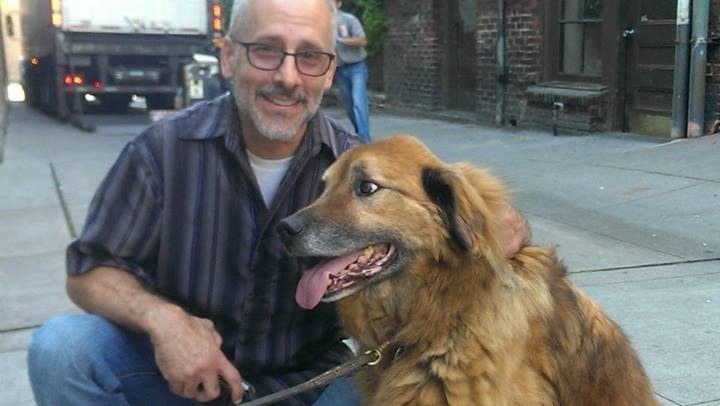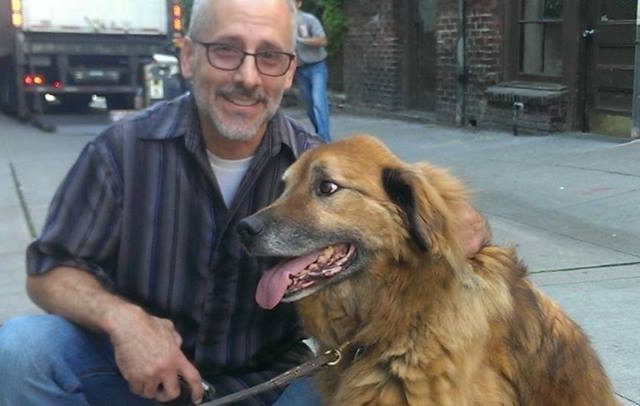

Experience
Your dog needs to get around more.
When we get a puppy, we take her from her mom and littermates, or from her fellow shelter puppy pals. And her dad? Who knows where that rake is.
Your new pup goes from a warm, sociable, somewhat busy environment filled with friends and milk and licks and nips and wrestling, into a nice home with you and maybe a few other humans, and perhaps another pet or two. In comparison, it’s quiet, and rather lacking in doggish spectacle. But mothers and siblings are soon forgotten, perhaps, and the new addition settles in, finds her niche, and becomes part of your family. But if you leave it at that, your dog can become, well, cattish.
The very nature of a dog is to experience life from the perspective of a group. It’s why canids are so smart and adaptable; the sociability of a pack of wolves, dingoes, African hunting dogs- the members are flooded with input all the time, while hunting, exploring, defending, or mating. And, they learn loyalty, and mortality; they learn to be well-rounded survivors. Life experience is a solid teacher.
Our dogs? Not so much. They settle in to whatever routines we set for them, and don’t get all that much experience with new situations. The only other dogs they interact with, besides other home pets, are dogs they meet on walks or at the park; often, these animals are seen not as comrades, but as potential enemies, or competitors. That’s why so many dogs today have aggression issues with other dogs. Living the cloistered life they do, how else should they view these strangers?
This can spill over into human interaction, too. If a dog doesn’t not get regular exposure to new people of all types, she will slowly become reserved, suspicious, or, in some cases, defensive of the home, or of the human members of the family. It’s not as common as dog-on-dog aggression, but it happens. When compounded by a lack of training, it’s an accident waiting to happen.
Even our dog’s diets ted to be somewhat limited these days. Truth is, dogs have been, for many thousands of years, the best scavengers on earth. Arguably first attracted to us because of our garbage dumps, they became our “refuse collectors,” helping to keep our camps and villages tidy. In the process, dogs ate literally everything. There was no routine diet, no bag of kibble, no home-cooked mélange of doggy stew waiting for them; they ate bones, skin, eyeballs, feet, noses, potato skins, turnip peelings- everything.
Their systems got used to this diverse diet. Consequently, very little upset their durable, experienced guts. But today, because most dogs eat the identical food every day, they develop very fussy stomachs. Give a dog used to eating a lamb-and-rice kibble every day a piece of leftover steak or chicken, and you might risk a few days of diarrhea. And a severely limited diet has been thought to contribute to food-based allergies, too.
It’s never a good idea to feed a dog very rich foods in large quantities. A big plate of fatty turkey leavings after Christmas, for instance, could cause a bout of pancreatitis in some dogs. And it’s never a good idea to give cooked bones, as they will splinter and potential cause GI tract punctures. Even raw or smoked bones, if given too regularly, can cause dental health issues.
But supplementing your dog’s food with regular, small amounts of leftovers is in my opinion not only allowable, but good for your dog. Done regularly, it will actually help your dog’s digestive tract become more adaptable, and less apt to upset. For over twenty-five years, I have fed very small amounts of leftovers to my dogs on a regular basis; this varied dietary “experience” has resulted not only in dogs who rarely if ever experience diarrhea or vomiting, but in large dogs who live extraordinarily long lives. My current elder statesman, Flavio (see above), a big, lanky, near 17 year-old shepherd mix, will testify to that.
Be sure to avoid toxic foods. Avocadoes, grapes and raisins, chocolate, onions and garlic, nuts, fruit pits, anything from a nightshade plant (tomato leaves, etc.), and mushrooms are all to be avoided. But if you have a handful of leftover chicken soup, a bit of rice with cooked veggies, or even a few unwanted ravioli, feel free to mix them into your dog’s food. Just do it gradually, over time. Don’t overwhelm your dog with a big plate of linguini! Just a little bit. And always put it in the dog bowl; never feed from the table!
Just as slowly getting your dog used to eating a few different foods is good, so is slowly socializing your dog to other dogs and people. Nothing overwhelming; avoid tossing your pooch into a crowded doggy day care, or busy off-leash park. Start out by going on fast, directed walks with a friend and her dog. No tense greeting process at first; just the four of you going for a fast, purposeful walk, as if you are all on a mission. Dogs like that. They like missions. Eventually you can let them greet, but at first, get them to experience the “group think” phenomenon. That’s what really creates dog friendships.
Take your dog with you when you can. Let her experience your world. Car rides, errands, walks to the post office. If you can take your dog to work, do it. Go for hikes, take her to Home Depot, or to the local café. Let her experience your world.
Teach tricks and other behaviors. Lots of them. This will literally make her smarter. And smarter is calmer, and less reactive. Let her experience her new abilities!
The more life experiences your dog has, the better off she’ll be. Start early, and keep it up. By doing so, you’ll have a dog who’ll be up for adventures, and open to saying hi to that goofy, drooling Lab down the street. Really, there’s nothing like an easy, confident smile on a dog’s face, one that comes from the wisdom and security of experience.
Join the newsletter and never miss out on dog content again!
"*" indicates required fields
By clicking the arrow, you agree to our web Terms of Use and Privacy & Cookie Policy. Easy unsubscribe links are provided in every email.